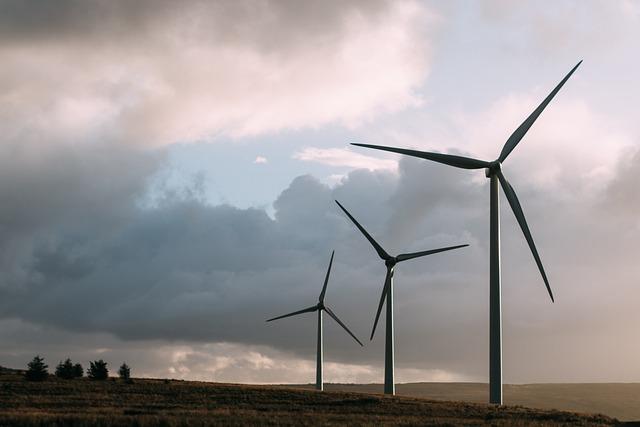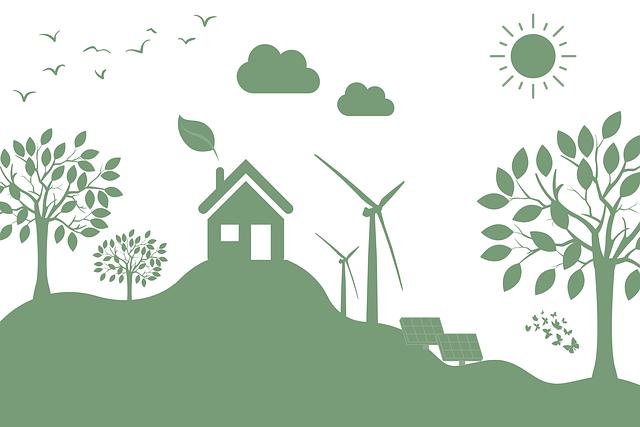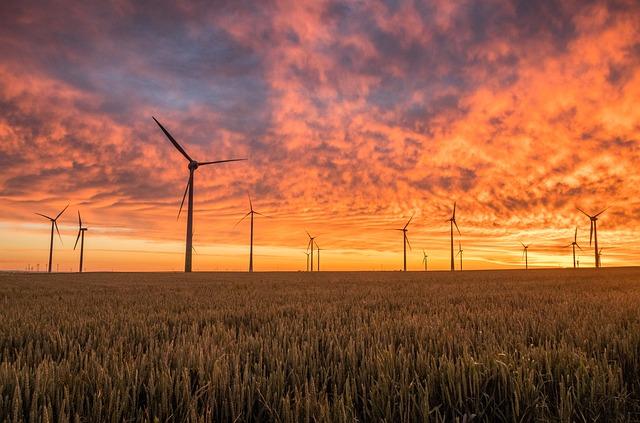- Introduction
- Global Trends in Energy Generation
- The Rise of Renewable Energy
- Decline of Coal Power
- Regional Differences and Insights
- Conclusion
- FAQs
- References
Introduction
In a historic shift, global renewable energy sources have collectively overtaken coal in the world’s electricity mix for the first time. This significant transition indicates a turning point in the global pursuit of sustainable energy and highlights the accelerating transformation of energy systems around the globe.
This article explores key global trends in electricity generation, the rise of renewables like solar and wind, the steady decline of coal, and how different regions contribute to and are affected by this transition. We will also provide statistical insights and related projections for the coming years.
Let’s dive into what this means for the future of global energy, the driving forces making it happen, and how governments and industries are adapting to a cleaner energy future.
Global Trends in Energy Generation

(Image: Pixabay/@geralt)
Over the past decade, the energy sector has undergone a profound evolution. According to recent data from Ember, a climate and energy think-tank, global electricity generation from renewables reached a milestone in the past year, surpassing coal for the first time in history. Renewable energy, primarily driven by wind and solar, accounted for 30% of global electricity, while coal generated 27%.
This achievement has been fueled by significant policy initiatives, investment in clean energy infrastructure, and heightened environmental awareness across nations. Electrification of economies continues to increase, and the demand for cleaner energy is making renewables not only a sustainable choice but also an economically competitive one.
In contrast, fossil fuel consumption, particularly coal, has witnessed a decline in many parts of the world due to stricter regulations and divestments. This divergence in growth patterns is reshaping the energy sector on an unprecedented scale.
The Rise of Renewable Energy

(Image: Pixabay/@Pexels)
The expansion of renewable energy is nothing short of remarkable. Solar and wind energy have seen the largest growth, supported by a rapid drop in installation costs and technological improvements that have boosted efficiency and reliability. In many countries, solar power has become the cheapest new source of electricity.
This shift is not just environmental but economic. Governments, corporations, and consumers are increasingly investing in green energy projects. The global solar capacity alone grew by more than 20% in the last year, while wind electricity generation rose by 13%. Collectively, renewables have proven their potential to power homes, businesses, and even entire cities.
Moreover, renewable energy projects often generate substantial job opportunities in installation, maintenance, and engineering, providing a socio-economic boost in addition to climate benefits. Nations like Germany, China, and the United States lead the charge, but emerging economies are not far behind in adopting renewable models.
Decline of Coal Power

(Image: Pixabay/@planet_fox)
Once the dominant source of electricity worldwide, coal is now on the defensive. Carbon-intensive and environmentally destructive, coal-fired plants face mounting costs linked to emissions regulations, carbon pricing mechanisms, and operational inefficiencies. Many developed countries have implemented phased transitions away from coal in favor of cleaner alternatives.
The United Kingdom, for example, has committed to shutting down all coal power stations by October 2024. Meanwhile, in the United States, coal’s share of electricity production has dropped from nearly 50% in 2007 to around 19% today. Globally, the number of newly commissioned coal plants has slowed dramatically while retirements are increasing.
That said, challenges remain. Several developing countries, particularly those in Asia, continue to rely on coal due to its availability and established infrastructure. Bridging this gap will be critical in achieving global climate targets such as those outlined in the Paris Agreement.
Regional Differences and Insights

(Image: Pixabay/@RosZie)
While global figures paint an optimistic picture, regional energy profiles differ significantly. In Europe, nations such as Denmark, Portugal, and Spain have achieved over 50% renewable energy in their national electricity grids. The EU as a whole is pursuing aggressive policies to transition entirely to renewable sources in the coming decades.
In Asia, China remains the largest coal producer and consumer, yet it is also the world's top investor in renewable energy. The dual reality of rapid renewable energy development alongside substantial coal reliance reflects the complexity of transitioning such a vast energy system.
Africa and Latin America represent regions of opportunity. With vast natural resources, especially solar and hydro, many countries are beginning to leapfrog traditional fossil fuel models by investing directly into clean energy infrastructure. International funding and partnerships are playing a key role in enabling this growth.
Conclusion
The global energy narrative is shifting. The fact that renewables have outpaced coal in electricity generation marks a critical step in combatting climate change and steering toward a more sustainable future. While challenges remain—particularly in balancing regional needs and economic concerns—this milestone offers hope and a clear direction forward.
As technologies improve, investment increases, and societal demand for clean power grows, renewable energy will likely continue its upward trajectory. The energy transition is well underway, with 2024 set to be remembered as a turning point in the fight for a greener tomorrow.
FAQs
What are the main sources of renewable energy?
The primary sources include solar, wind, hydro (water), geothermal, and biomass. Among these, wind and solar have shown the most growth in recent years.
Why is renewable energy surpassing coal now?
This shift is due to a combination of factors: declining costs of renewable technologies, supportive government policies, divestment from fossil fuels, and global climate commitments.
Are some countries still reliant on coal?
Yes. Countries like India, China, and some in Southeast Asia still rely on coal heavily. However, many are investing simultaneously in renewable energy to diversify their energy mix.
How does this impact climate goals?
Reducing reliance on coal and increasing renewable energy use is essential for meeting international climate targets, including limiting global warming to 1.5°C above pre-industrial levels.
Can renewables meet all our future electricity needs?
While we’re not there yet, advances in storage technology and grid modernization make a fully renewable-powered future increasingly feasible.

